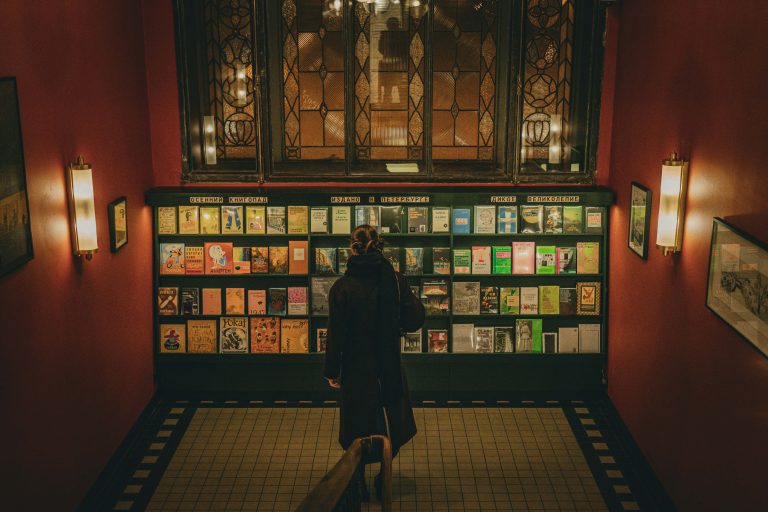Book Design in Portugal: A Blend of Tradition and Modernity
Portugal’s literary legacy, flourishing since the 13th century’s “Cantigas de Amigo” poems, extends visually through book design. A well-crafted book transcends mere words, and Portuguese design exemplifies this perfectly. It bridges the gap between time-tested aesthetics and modern ingenuity, offering a visually captivating experience that complements the written narrative. This unique blend ensures that Portuguese books aren’t just informative, but treasured objects that engage readers on a deeper level.
Principles of Portuguese Book Design
Historical Influences
Early Portuguese book design drew inspiration from illuminated manuscripts, with intricate illustrations and decorative flourishes. The arrival of the printing press in the 15th century introduced typography, further influencing design elements. The country’s renowned azulejo tilework, characterized by geometric patterns and vibrant colors, also played a role, with some designers incorporating similar aesthetics into book covers and illustrations. The 20th century saw the influence of Art Deco, with its emphasis on geometric shapes and bold lines.
Modern and Contemporary Principles
Today, Portuguese book design prioritizes functionality and readability. Negative space is used effectively to create balance and guide the reader’s eye. Typography selection is crucial, with designers favoring clear, easy-to-read fonts that complement the book’s content.
Materials and Techniques
Portuguese book design embraces both tradition and modern methods. Cork, a sustainable and naturally beautiful material native to Portugal, is sometimes used for covers. However, modern printing techniques and finishes, like embossing and foil stamping, are also employed to create visually striking books.
Evolution of Book Design in Portugal
Early Book Design (up to 19th century)
Early Portuguese book design emphasized craftsmanship and ornamentation. Hand-bound books often featured elaborate covers with leather, gold tooling, and intricate illustrations. The 18th century saw the rise of publishing houses, leading to a more standardized design approach.
20th Century Developments
The 20th century ushered in modernist influences, with a focus on simplicity and clean lines. Graphic design emerged as a distinct profession, and designers began to experiment with typography and layout. However, Portugal’s political climate during this period, marked by censorship, sometimes dictated design choices, with some designers resorting to subtle symbolism to express themselves.
The Contemporary Landscape (21st century)
In the 21st century, there has been a surge in digital design tools, allowing for even greater creativity. Self-publishing and independent presses are flourishing, offering a platform for diverse voices and design approaches. Contemporary Portuguese book design finds a balance between honoring tradition and embracing innovation.
Conclusion
As Portugal’s literary scene continues to thrive, its book design stands poised for an exciting future. Digital tools will undoubtedly open doors for new creative expressions. The flourishing self-publishing movement, alongside established presses, ensures a diverse range of voices and aesthetics will continue to enrich the landscape. Looking ahead, Portuguese book design seems certain to retain its unique character—a captivating blend of tradition and contemporary innovation that elevates books from mere objects to treasured companions for readers.
Gain valuable insights into the ethical considerations shaping the Portuguese publishing landscape, and discover how they impact the industry as a whole.










